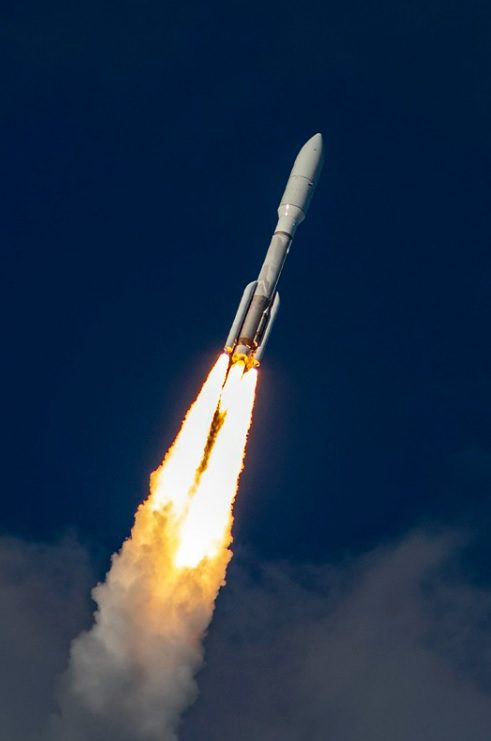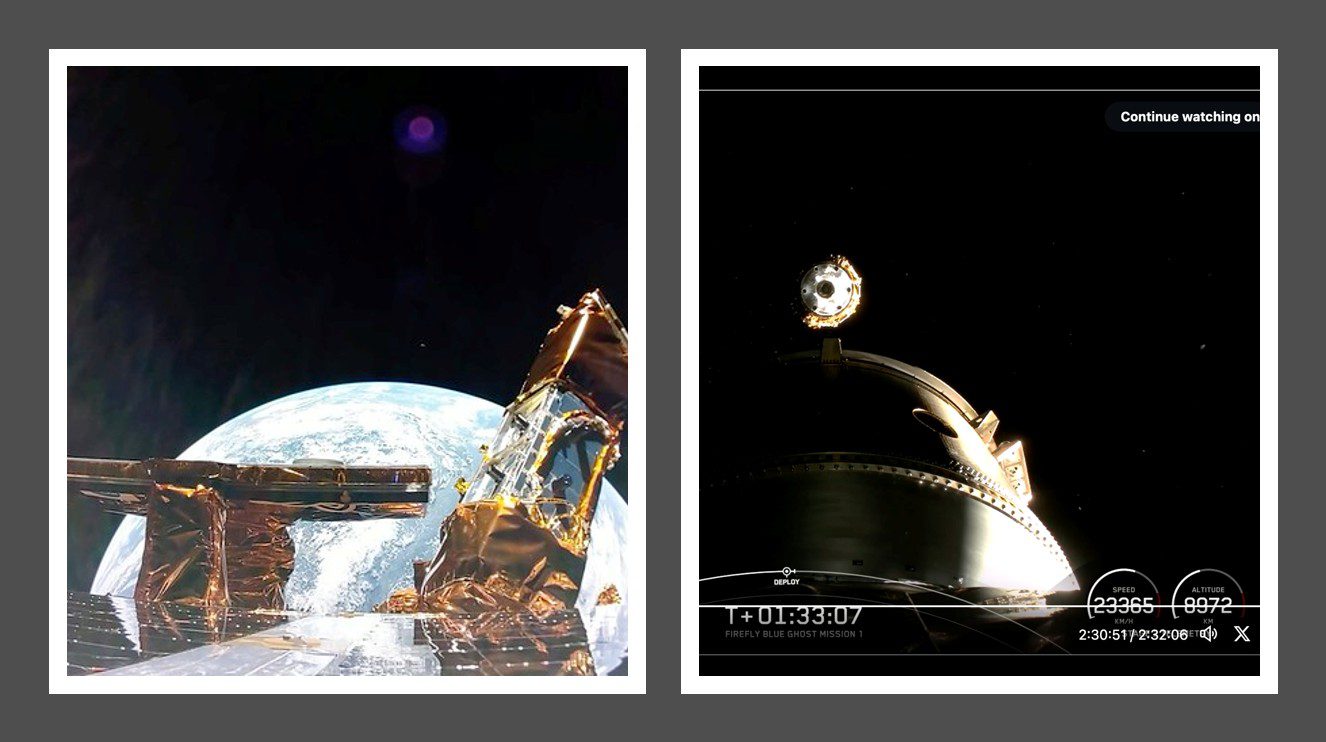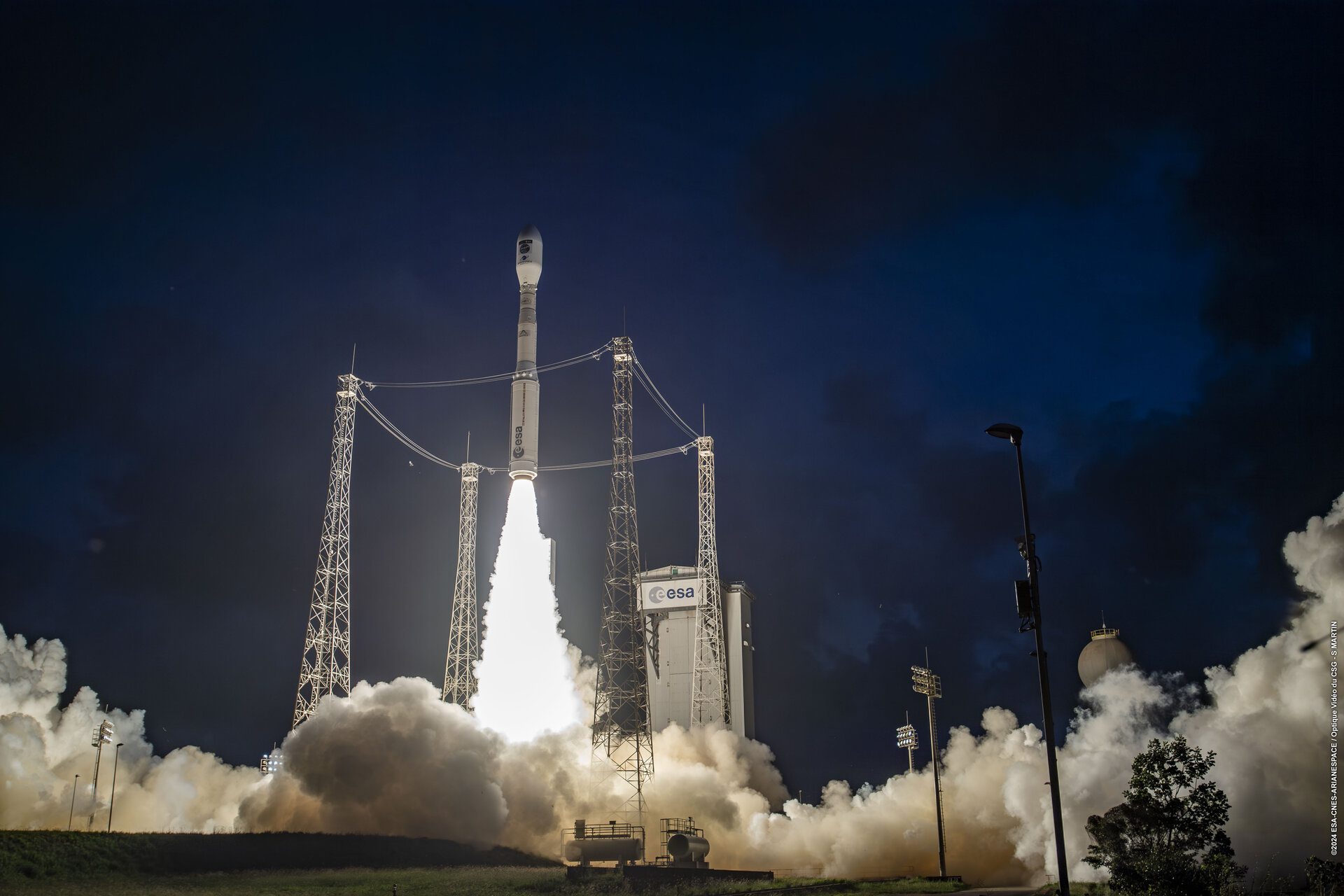In a rare commercial flight for United Launch Alliance (ULA), an Atlas V rocket successfully launched a pair of medium-class communications satellites, SES-20 and SES-21, en route to their final geostationary Earth orbit. ULA’s Atlas V rocket was in its 531/GEM-63 configuration.
The launch took place from the Cape Canaveral launch base in Florida at 2136 GMT on 4 October. The C-band satellites use the Boeing 702SP (Small Platform) bus design allowing them to be directly stacked one on top of the other. This pair carried 10 C-band transponders which use the middle part of the C-band spectrum. The mission is part of the “spectrum clearing” plan by SES to release the lower part of its C-band spectrum to 5G mobile satellite firms.
The launch plan involved an initial “coast” parking low Earth orbit for the Centaur stage and attached satellites, followed by a burn into a geosynchronous transfer orbit. A final burn put the spacecraft into a slightly inclined 35,000 km near-circular orbit (actual orbit: 35,003 x 34,005 km with an inclination of 1.92 degrees), from which the satellites will raise themselves using their XIPS electrical propulsion into their final geostationary Earth orbit. SES-20 will be placed over 103.05 degrees longitude West while SES-21 operate from 131 degrees West.
This was the last of the Atlas V 531 flights. The first designator digit indicates that a 5.4 m diameter fairing was used. The middle digit indicates that three GEM-63 boosters were employed on this up-rated version of the 531 configuration. Its main stage uses a Russian-built RD-180 LOx/Kerosene burning rocket. The launch vehicle’s Centaur upper stage uses Liquid Hydrogen and LOx as the propellants with a single RL-10-C1-1 engine on the 531 version (as indicated by the final digit). Only 21 Atlas V launches remain on the launch schedule. Atlas V is being replaced by ULA’s Vulcan rocket which has yet to fly.







